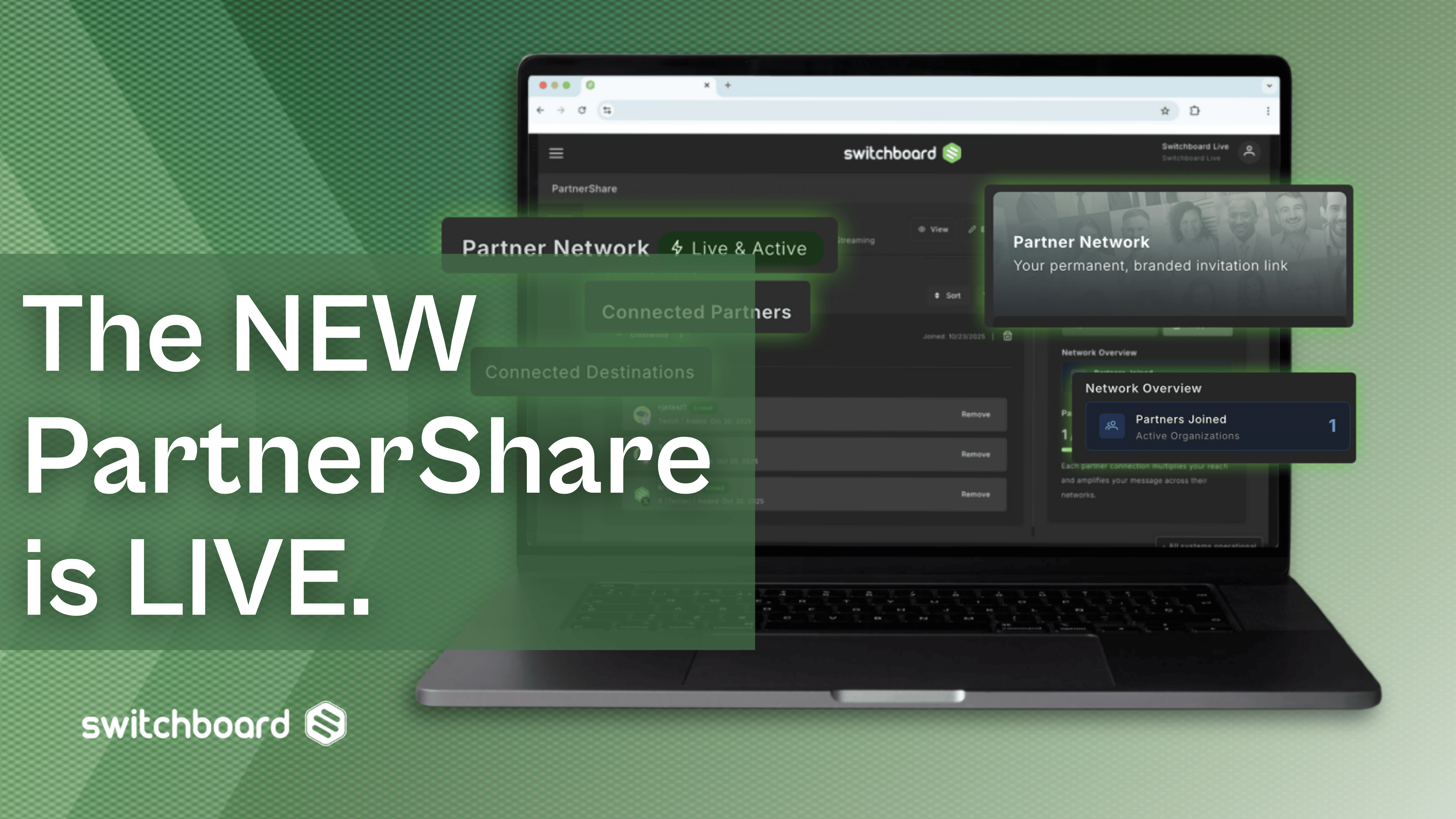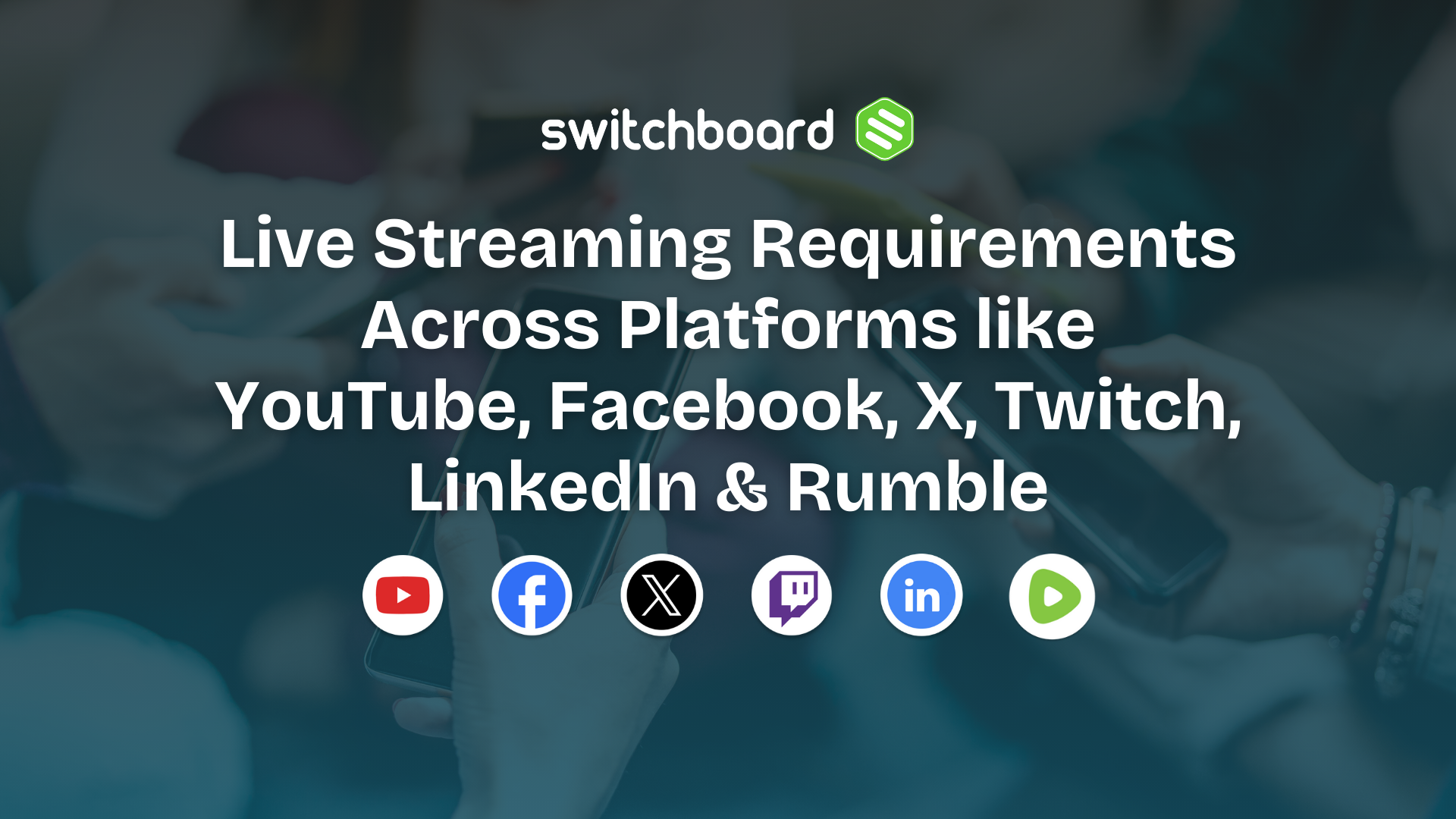Live streaming gives any company or marketer the power to reach an almost unlimited size audience, anywhere. Today, anyone can run their own national TV network. Large-scale streaming to a sizable audience presents a lot of great monetization opportunities. At the same time, capitalizing on those opportunities can present some huge challenges.
One of the biggest challenges in live video streaming today is the fact that it’s so new. It’s a bit like the wild west with its wide variety of tools and few common standards. As this technology scales, that becomes more and more of a problem — but there are some folks working hard on solutions.
A Focus on Live Streaming Monetization
A recent white paper from advertising platform SpotX, digital video distribution company Yospace, and CDN Akamai looks at both the opportunities and challenges today’s live streaming technology presents to us.
Much of their key focus is on monetization with ad revenue and what that looks like on a national or global scale. Think about advertising for a moment; companies want to advertise to as many people who might buy their product as possible. The problem is, many businesses are regional. They may not be able to service or distribute their product to every part of the country. While it’s great that you’re popular everywhere, these companies only want to advertise in specific markets. To solve this, streamers and platforms need to deliver local or targeted ads to the audience. That means it has to display different ads, to different people, in different places.
How do you deliver different ads to different viewers? That’s the big challenge. There are a number of current and emerging technologies to tackle this very issue. Newer technologies, like Server-Side Ad Insertion and ad preloading, look very promising. By loading the ad content in advance, and closer to the user, issues with ads playing properly should be dramatically reduced. Unfortunately, they haven’t worked out all the bugs yet. This can result in issues like ads playing incorrectly, or not playing when they are supposed to.

Overcoming the Metadata Dilemma
One great example of a platform working to deal with these issues and present solutions is streaming giant Hulu. More like a cable TV service than a content creator, Hulu’s task is to collect live video content from over 1,000 providers, pull it into their network, insert the proper ads, and display the video containing those locally relevant ads to millions of end users all simultaneously.
The difficulties of such a system begin at the very beginning of that workflow. Hulu has to figure out how to pull in those 1,000 different streams, many of which use a variety of different technologies. Hulu also has to figure out a failover redundancy system and implement that across each of the 1,000 live stream they’re working with as well.
The next big challenge for Hulu is one that has plagued many streamers of all sizes: good metadata. In a nutshell, metadata refers to all the details that go along with video. It’s what identifies content and provides its title, description, duration, and a lot more. It can also include ad break information and other technical details that a service like Hulu needs.
Again, due to how new live streaming is, much of this backend data isn’t standardized. Fortunately, people are working hard on that, too.
Hulu has adopted Society of Cable Telecommunications Engineers (SCTE) industry standards for metadata. Specifically, they use SCTE-35, which includes information for ad breaks, and SCTE-224, which includes program guide data. Not all of Hulu’s 1,000 live sources fully adhere to the standards just yet, but the content giant is pushing them all towards it.
Paving the Way for Others
Hulu has truly led in the standardization of live video stream acquisition. That’s good for everyone. The more content providers that can deliver their stream in a way that works with modern workflows, the better the experience for all other users. The result is a more efficient delivery process, smoother ad-insertion process, and, ultimately, a more stable, reliable video viewing experience for end users.
Live video streaming has exploded and there is every indication that it’s just getting started. Like all booming technologies, it will continue to evolve and improve. There is no doubt that once we solve these challenges, new ones will arise. With that progression, though, comes a better quality experience, and maybe even monetization methods we haven’t even thought of yet. One thing's for certain: with more efficient delivery, better metadata and more reliable, local ad delivery, the future looks bright!




.png)
.png)
.png)





